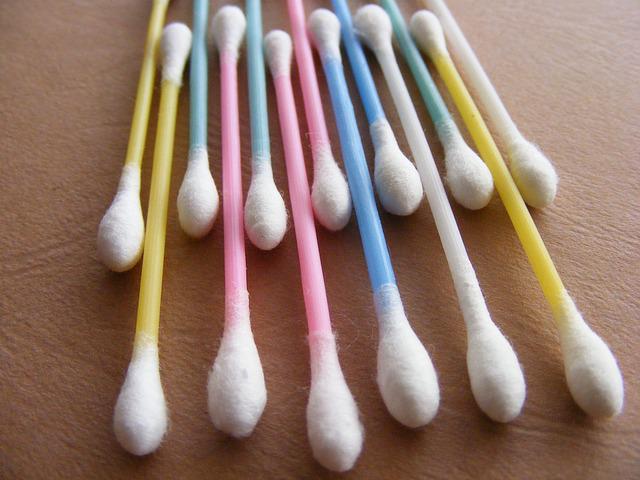How 3 types of earwax are professionally deep cleaned – Insider
Conor Boland is an earwax-removal specialist at Durham Hearing Specialists.
He’ll use a tiny suction device, scraper, or water irrigator to remove debris from inside the ear.
The tool he chooses mostly depends on the wax’s consistency and where it lies inside the ear canal.
Following is a transcript of the video.
My name’s Conor. I’m an audiologist, and I’m an expert in ears. And today I’m going to show you some earwax-removal videos…….

- Conor Boland is an earwax-removal specialist at Durham Hearing Specialists.
- He’ll use a tiny suction device, scraper, or water irrigator to remove debris from inside the ear.
- The tool he chooses mostly depends on the wax’s consistency and where it lies inside the ear canal.
Following is a transcript of the video.
My name’s Conor. I’m an audiologist, and I’m an expert in ears. And today I’m going to show you some earwax-removal videos. There is liquidy, soupy earwax; hard, brick-like earwax; and a particular fungus called Aspergillus niger.
Earwax is roughly half skin; a little bit of sebum, which is a fatty, oily substance; and something very special called ceruminous secretion. And ceruminous glands secrete this kind of sweaty liquid, but it’s got special molecules in it which fight bacteria and try and keep your ears safe. You only ever need to remove your earwax if it’s bothering you. So if you have hearing loss or your ear is feeling full or uncomfortable or you feel like there’s an obvious blockage or pressure. That is abnormal, and you should go and see your doctor or audiologist or practice nurse.
So, this is something I would describe as sort of the soupy, kind of quagmire-type wax. So you can see actually that the debris has a texture to it, like a wavy texture and wavy lines in it. So that means that it’s basically dead skin that’s emulsified, and it’s been treated essentially with fizzy drops. So sodium bicarb ear drops probably. And what that does is it makes the debris liquefy and then slide further down the ear canal and then against the drum. And that really does cause quite a significant hearing loss and feeling of discomfort. And what’s happened here is that it’s kind of lost a little bit of its structure, which is quite difficult to deal with, because usually this type of earwax is quite resistant to suction. The machine I’m using is called a Guardian Projet. Basically, you have a tank. Is that hurting? And you have to fill that tank with water, which should be body temperature, about 37 degrees Celsius. And if it’s too hot or too cold, then it will induce a caloric effect, which is where basically you’re heating or cooling the fluid inside your inner ear, and that causes unpleasant vertigo, which is like a spinning dizziness, like you’re drunk. So you put the instrument in the ear canal, and you aim the water at the roof of the ear canal. So never straight down the ear. Never aim it at the eardrum. That’s really when accidents happen, potentially perforation of the eardrum. So you aim it at the roof of the ear canal, and …….
Source: https://www.insider.com/how-earwax-professionally-deep-cleaned-2022-3




